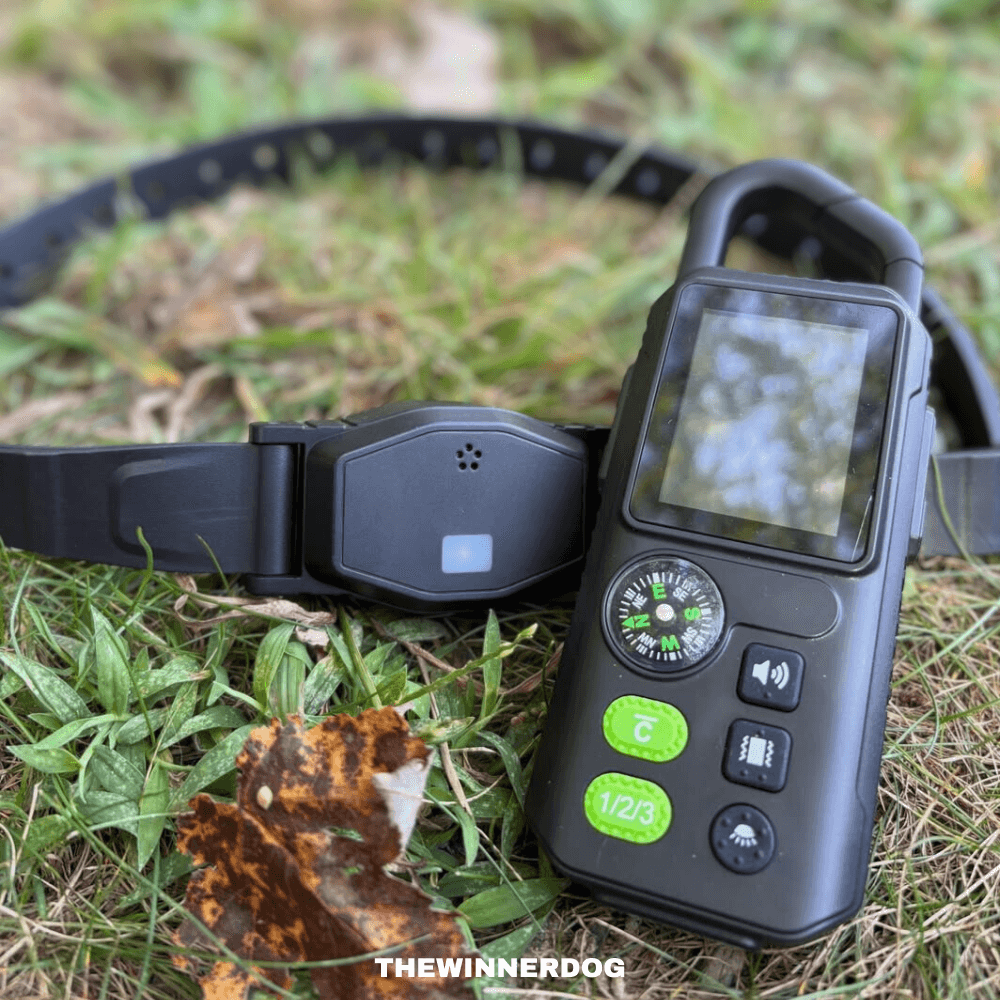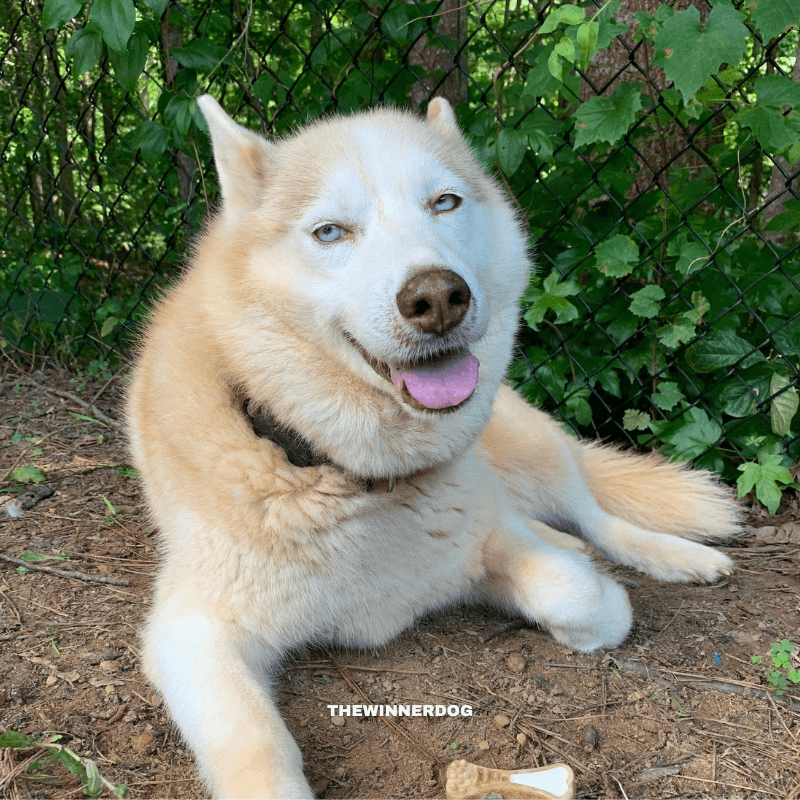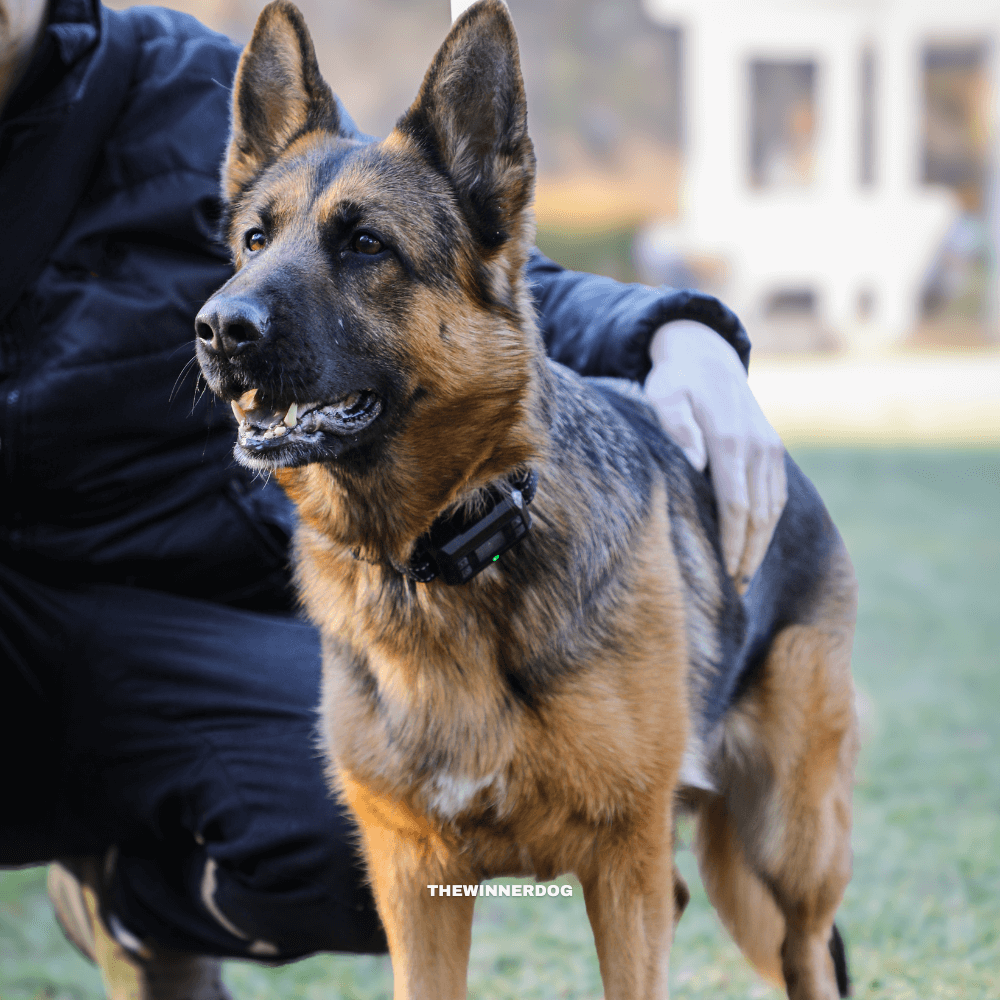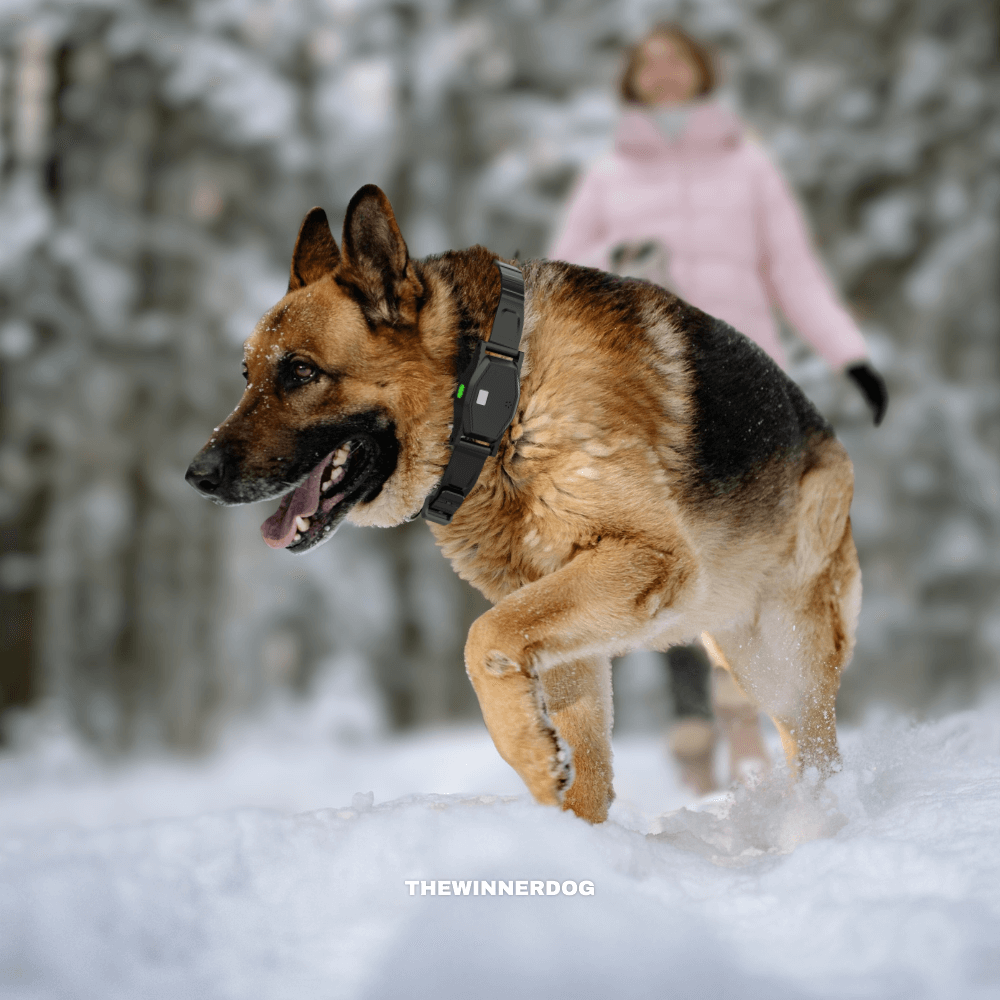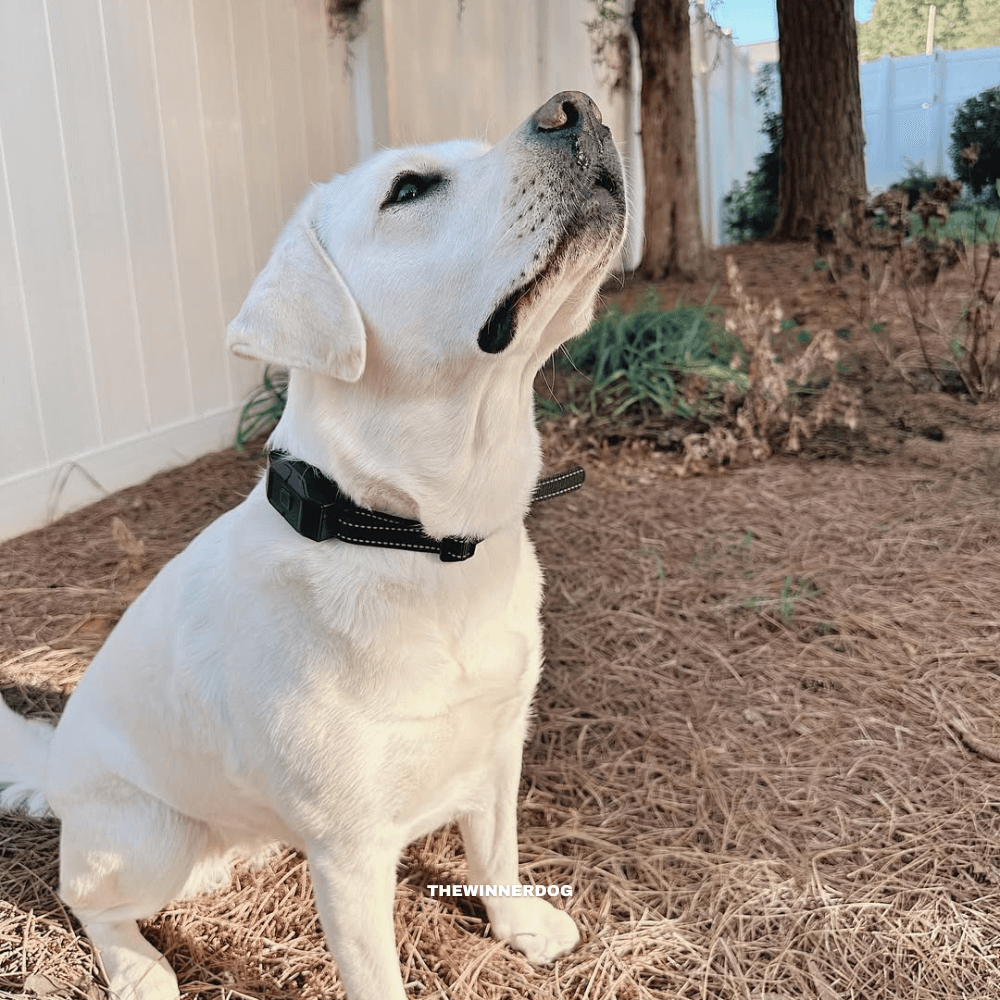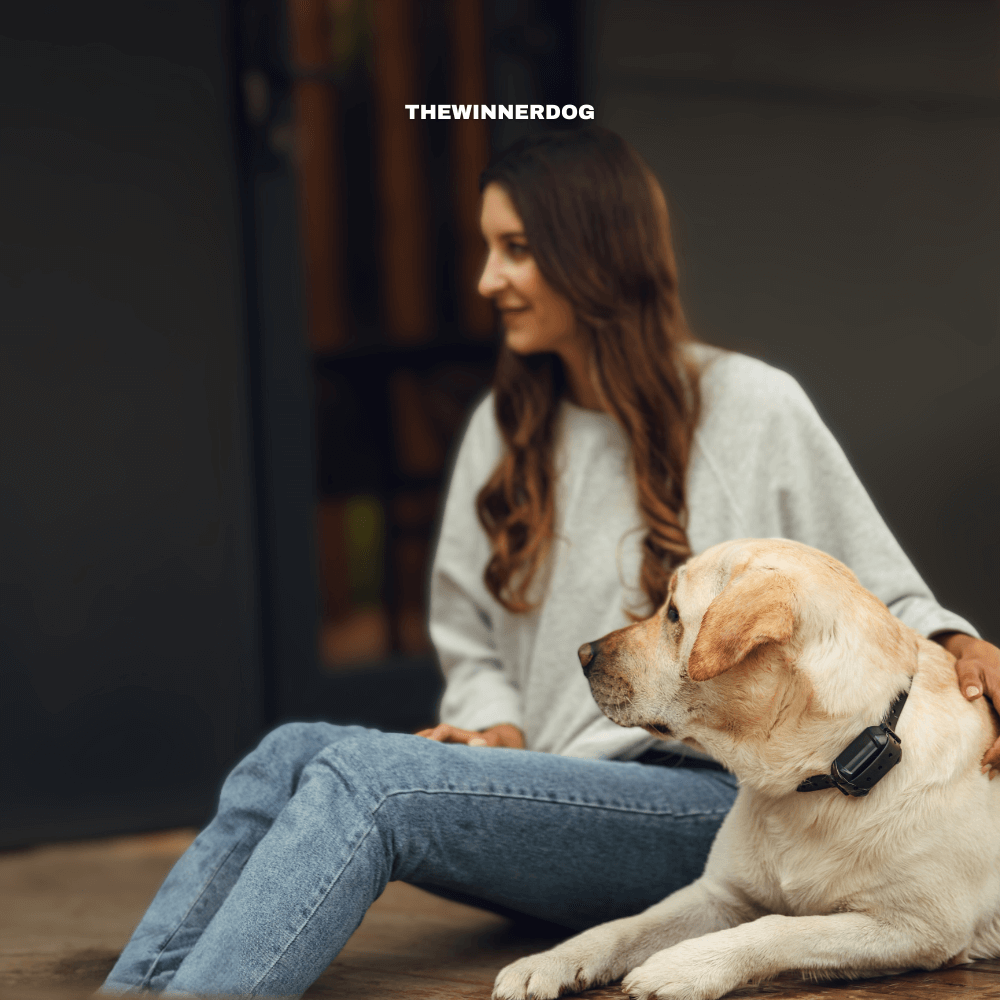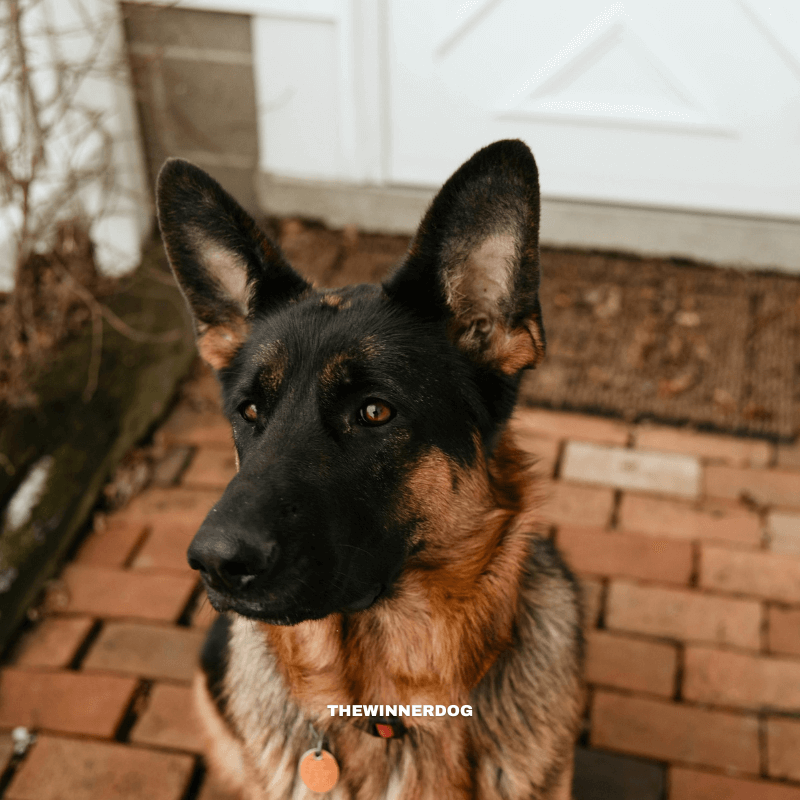
Can Dogs Become Afraid to Go Outside After Being Shocked?
Electronic dog containment systems are commonly used to keep dogs safe within a property. While effective, some owners worry that dogs may develop fear or anxiety, associating outdoor activities with discomfort after experiencing static correction. Understanding the psychological impact of these corrections and implementing proper strategies is crucial for safe and positive training.
1. How Static Correction Can Influence Canine Behavior
Dogs perceive static correction as a physical stimulus. When applied correctly, it guides behavior without causing stress. However, excessive intensity, sudden shocks, or inconsistent application can result in:
- Hesitation to approach doors or exit the house.
- Signs of stress, such as pacing, trembling, or cowering.
- Avoidance of areas near the boundary.
Behavior studies confirm that dogs form associations between stimuli and consequences. If a dog repeatedly receives discomfort when going outside, it may temporarily associate outdoor activity with fear (American Veterinary Society of Animal Behavior, 2023).
2. Factors That Influence Fear Responses
Not all dogs respond identically to static correction. Several factors determine the likelihood of fear development:
- Correction Intensity: High static levels increase the risk of fear.
- Frequency and Timing: Random or excessive corrections can cause confusion.
- Temperament: Sensitive or anxious dogs are more prone to avoidance behavior.
- Prior Experiences: Dogs with previous trauma may react more strongly.
Understanding these factors helps owners select appropriate systems and implement training strategies safely.
3. The Importance of Adjustable Collars and Gradual Training
The key to preventing fear is using collars with adjustable correction intensity, such as TheWinnerDog T810 Pro or WDF series, in combination with safe, progressive training:
- Start Low, Go Slow: Begin with the lowest effective intensity, using vibration or beep-only modes before introducing static correction.
- Gradual Acclimation: Introduce the dog to boundaries incrementally, rewarding compliance at each step.
- Positive Reinforcement: Use treats, praise, and play to associate outdoor activity with enjoyable experiences.
- Supervised Sessions: Monitor the dog closely during early training to detect stress or discomfort.
4. TheWinnerDog GPS Wireless Dog Fence Systems
High-quality GPS wireless systems from TheWinnerDog help maintain boundaries safely while reducing stress:
- Customizable Correction Levels: Ensure sensitive dogs are not over-stimulated.
- Dual Modes: Training and fence modes allow gradual exposure.
- Waterproof, Durable Collars: Suitable for outdoor environments.
- Large Coverage Areas: Ideal for big yards or multi-acre properties.
- Subscription-Free Operation: Provides full control without ongoing costs.
These systems are designed for high-energy dogs, allowing them to explore safely while respecting boundaries.
5. Recognizing Fear or Avoidance Behaviors
Owners should watch for signs that a dog may fear outdoor activity:
- Reluctance to approach doors or gates.
- Hesitation or stopping near boundaries even without correction.
- Panting, pacing, or other stress indicators during outdoor access.
Early recognition allows for adjustments in training intensity or consultation with a certified behaviorist.
6. Best Practices for Training and Containment
- Begin with beep or vibration warnings before using static correction.
- Observe responses carefully and adjust collar intensity as needed.
- Expand outdoor boundaries gradually as the dog becomes confident.
- Incorporate play and exercise to maintain positive associations.
- Use enrichment tools, such as puzzle toys from TheWinnerDog Reward Toy, to provide mental stimulation.
For a detailed, step-by-step training method, check out this blog: Training Your Dog to Use a GPS Fence: Step-by-Step Guide. Combining adjustable collars with progressive training ensures the dog learns boundaries without associating outdoor time with fear.
7. Conclusion
Dogs can develop fear or reluctance to go outside if static corrections are applied improperly. The solution lies in using collars with adjustable intensity, such as the TheWinnerDog T810 Pro or WDF series, and combining them with safe, gradual training methods.

